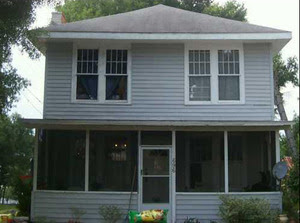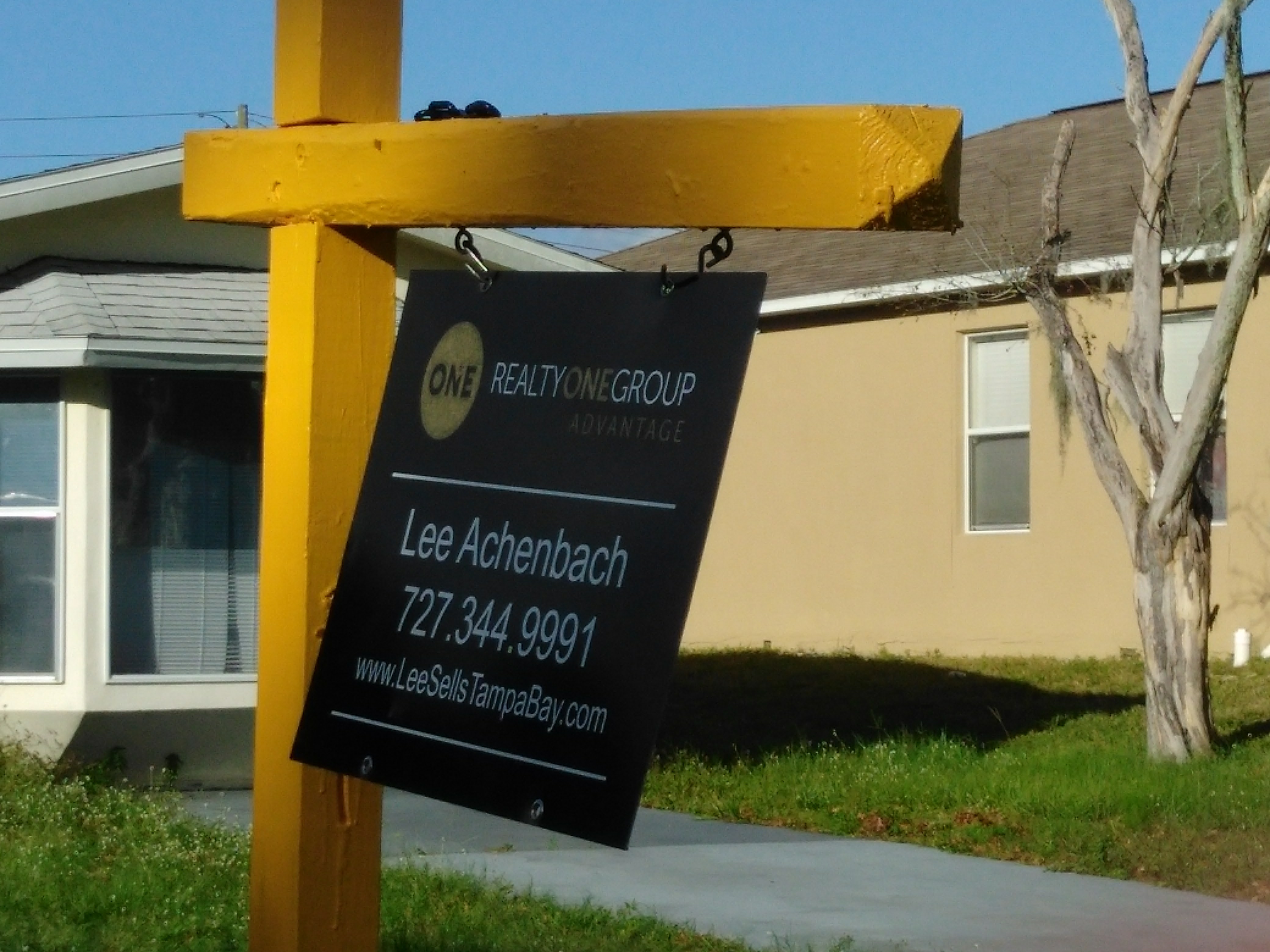 and turn it into a beauty like this……
and turn it into a beauty like this…… 
2. Next you or your agent calls a local experienced mortgage broker like C & C Financial Services Inc to get a pre-approval and we provide guidance on the budget and the difference between the Streamline and the Full 203k Rehabilitation loan.
3. With pre-approval in hand your real estate agent puts together a sales contract between the home buyer and seller. The contract will note the you are pre-approved for a 203(k) loan and that it is contingent upon final loan approval based on additional required repairs by the lender.
4. The borrower finds a licensed contractor who provides a proposal estimate listing the cost of repairs. The proposal needs to have the scope of work to be done and a detailed line item cost for each repair or improvement to be completed.
8. The contractor must provide a set of documents such as License, Liability Policy, Contractor agreement, etc.
9. If the borrower passes the lender’s final underwriting and approval, the loan closes for an amount that will cover the purchase or refinance cost of the property, the remodeling costs and the allowable closing costs. The amount of the loan will also include a contingency reserve of 15% of the total remodeling costs and is used to cover any extra work not included in the original proposal.
10. At closing, the seller of the property is paid off and the remaining funds are put in an escrow account to pay for the repairs and improvements during the rehabilitation period.
11. The mortgage payments and construction begin after the loan closes. The borrower can decide to have up to six mortgage payments (PITI) put into the cost of rehabilitation if the property is not going to be occupied during construction, but it cannot exceed the length of time it is estimated to complete the rehab work.
12. Funds held in escrow are released to the contractor during construction as the work is completed through a series of draw requests. To ensure completion of the job, 10% of each draw is held back; this money is paid after the lender determines there will be no liens on the property.
13. Any excess funds remaining at the end of the project are applied to the loan’s principal balance.




